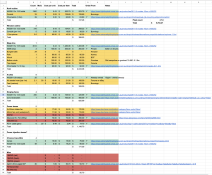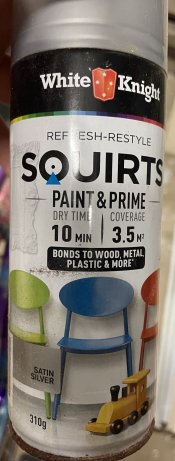As someone who drilled all my rooflines and window frames, but then used chromatrim for my gutter lines, I wholeheartedly agree with @thewanderingpine 's comment above about time constraints.
Note that I started drilling in April, whenever I had some spare time. It took a fair bit. That was around 480 nodes for windows, and 200 for the roof line
Note that I started drilling in April, whenever I had some spare time. It took a fair bit. That was around 480 nodes for windows, and 200 for the roof line





